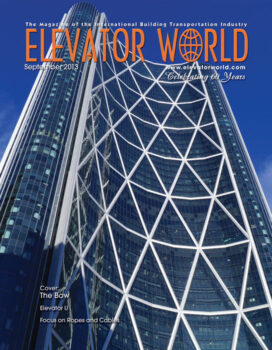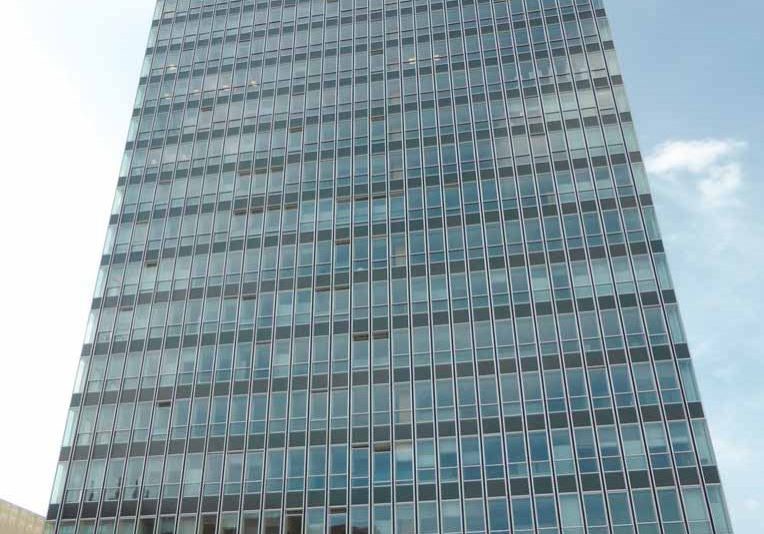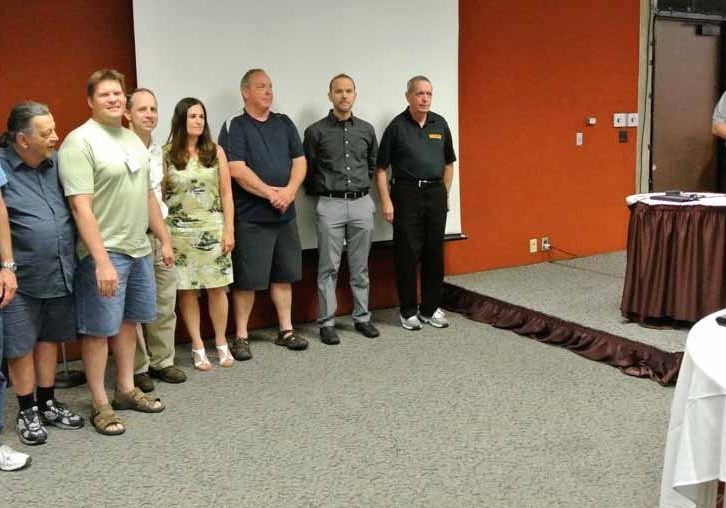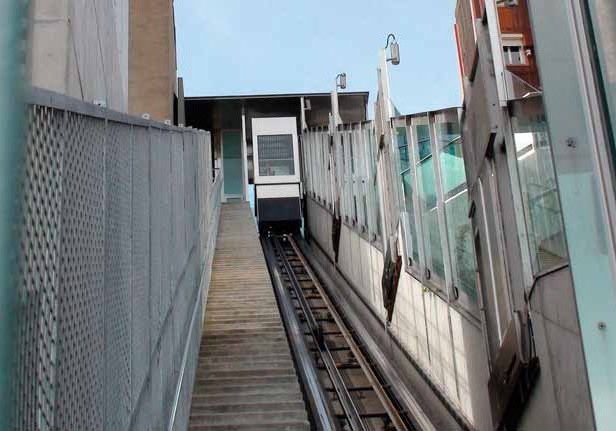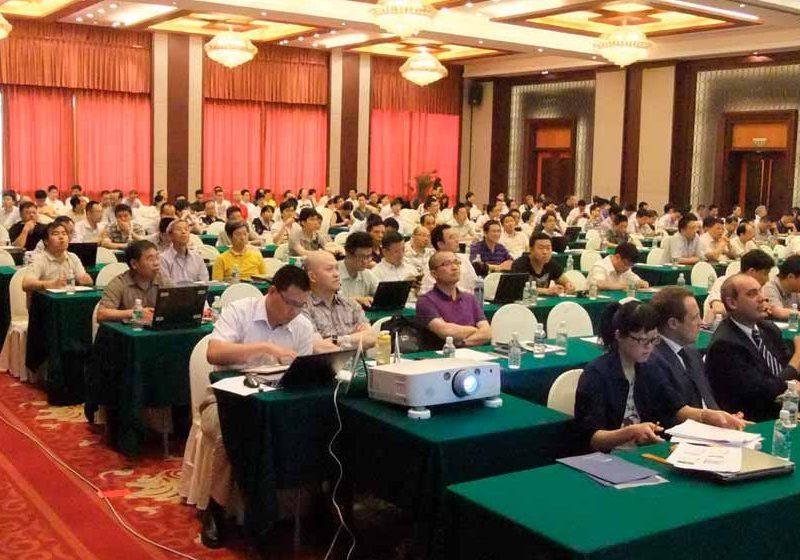Hoist ropes and cables – where would we be without them? Well, for starters, our industry would be limited to providing vertical-transportation systems for buildings of only six stories in height. And, the towering skylines of major metropolitan areas would not exist.
Imagine the world’s major cities with only six-story buildings. They would contain six to eight times as many buildings in place of the 40- to 50-floor towers now in the business districts of such places. Without high-rise traction elevators, the world’s major cities would be significantly larger in area than they are today, and environmentalists who tout the benefits of modern metropolitan areas would bemoan them, instead.
Fortunately, the safety elevator demonstrated by Elisha Graves Otis in 1853 opened the doors for an industry that today routinely provides vertical-transportation systems for buildings that, in many cases, literally pierce the clouds: some even rise in excess of 1,500 ft. And before long, the Kingdom Tower in Jeddah, Saudi Arabia, will top out 1 km above the city’s streets. All of this has been made possible by not only the further advancement of Otis’ safety device, but also of the hoist ropes, the latest of which are used on modern elevators.
This month’s issue of ELEVATOR WORLD explores numerous aspects of elevator hoist-rope systems routinely used on traction elevators. An article entitled “Selecting the Correct Rope for High-Rise/High-Speed Elevator Applications” discusses the economic and performance factors that must be considered when determining which rope system to specify for a given elevator installation. In addition to hoist-rope performance, the ongoing maintenance requirements for various types of ropes are presented and discussed in this article.
A paper covering complex wire-rope models presented at last year’s Elevcon Conference is also included in this month’s issue. It describes the early wire-rope studies conducted in the mid 1940s, as well as those performed in subsequent decades. In addition, it explains the properties of various wire-rope types and configurations, along with the most effective rope applications. “Actual Wire Rope Research and Products for Elevator Applications” is another recent Elevcon Conference paper we have included that thoroughly explores the topic. For those in our industry involved in selecting and developing wire-rope systems who were unable to attend Elevcon 2012, this paper is essential reading.
Additional recent developments relative to the composition of hoist ropes have been covered in past issues of EW. These include the use of coated steel belts, as well as carbon- and synthetic-fiber hoist cables. These aspects of our industry’s technology, in addition to other remarkable innovations seen in recent years, not only increase previous height limitations of elevators, but also generate significant improvements in their use of our environmental resources. This is further described in another futuristic article included in this month’s issue.
Schindler’s leap into the future is described in its article on a recently launched solar-powered elevator that draws up to 100% of its power from the sun. With 90% of the world’s population living in urban centers that cover only 2% of the world’s surface, the need for our industry to continue to develop energy-efficient and environmentally friendly elevators and escalators is paramount. Schindler’s new solar-powered elevator is a huge step in this direction.
Be sure to check out all of the articles in this month’s issue of EW to see how, in conjunction with recent applications in hoist-rope technology, elevator designers will be taking our industry’s equipment to new heights and continuing to reach for the stars. You’ll be amazed at how they are taking advantage of the energy provided by the star nearest Earth as they take us on a real journey into the future.
Look for more futuristic ideas in…
Get more of Elevator World. Sign up for our free e-newsletter.

